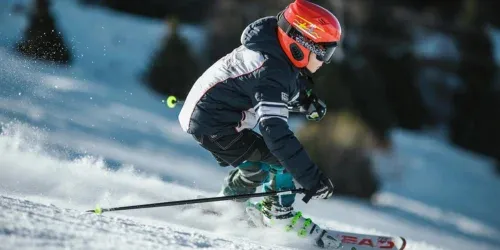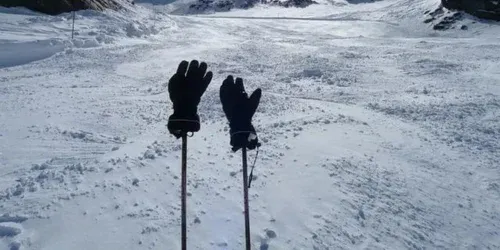When it comes to skiing, one of the most important pieces of gear is a pair of good-quality gloves. Not only do they keep your hands warm and dry, but they also provide protection from the elements and enhance dexterity. With so many options available in the market, choosing the right pair can be a daunting task. In this article, we'll guide you through the essential factors to consider when purchasing ski gloves.

Type of Insulation
Insulation is key to keeping your hands warm on the slopes. There are two primary types of insulation: down and synthetic. Down insulation, made from duck or goose feathers, is extremely warm and lightweight. However, it doesn't perform well when wet. On the other hand, synthetic insulation is less expensive, dries quickly, and retains heat even when damp. It's ideal for wet weather and heavy snow conditions.

Material
The material of the glove plays a significant role in its performance. Leather gloves offer excellent durability and a good grip, but they require regular maintenance to keep them waterproof. Synthetic materials like nylon and polyester are more affordable, water-resistant, and less demanding in terms of upkeep.

Fit and Comfort
A good fit is crucial for both comfort and functionality. Gloves that are too tight can restrict movement and cause your hands to get cold faster, while gloves that are too loose can let in snow and cold air. Look for gloves with adjustable wrist straps for a snug fit. Also, consider gloves with a longer cuff that can go over your jacket sleeve to prevent snow from getting inside.

Weather Conditions
Different gloves are suited to different weather conditions. For extremely cold conditions, mittens or gloves with high-loft insulation are the best choice. For warmer days or spring skiing, you might want lighter, breathable gloves. If you are likely to encounter wet snow or rain, waterproof gloves are a must.

Dexterity, Grip, and Protection
Dexterity is crucial for tasks like adjusting gear or using zippers. Gloves with pre-curved fingers and flexible materials offer better dexterity. A good grip is also important, especially for holding ski poles; look for gloves with textured palms or fingertips. Lastly, for protection from ice and hard snow, consider gloves with padded knuckles or reinforced palms.

Maintenance and Upkeep
Proper care can extend the life of your ski gloves. Always dry them out after use to prevent the growth of mildew. If your gloves are leather, treat them with a waterproofing agent regularly. For synthetic gloves, occasional washing according to the manufacturer's instructions can help maintain their performance.

In conclusion, choosing the right ski gloves involves considering various factors, from insulation and material to fit and weather conditions. With this guide, you're now well-equipped to make an informed decision. Happy skiing!









